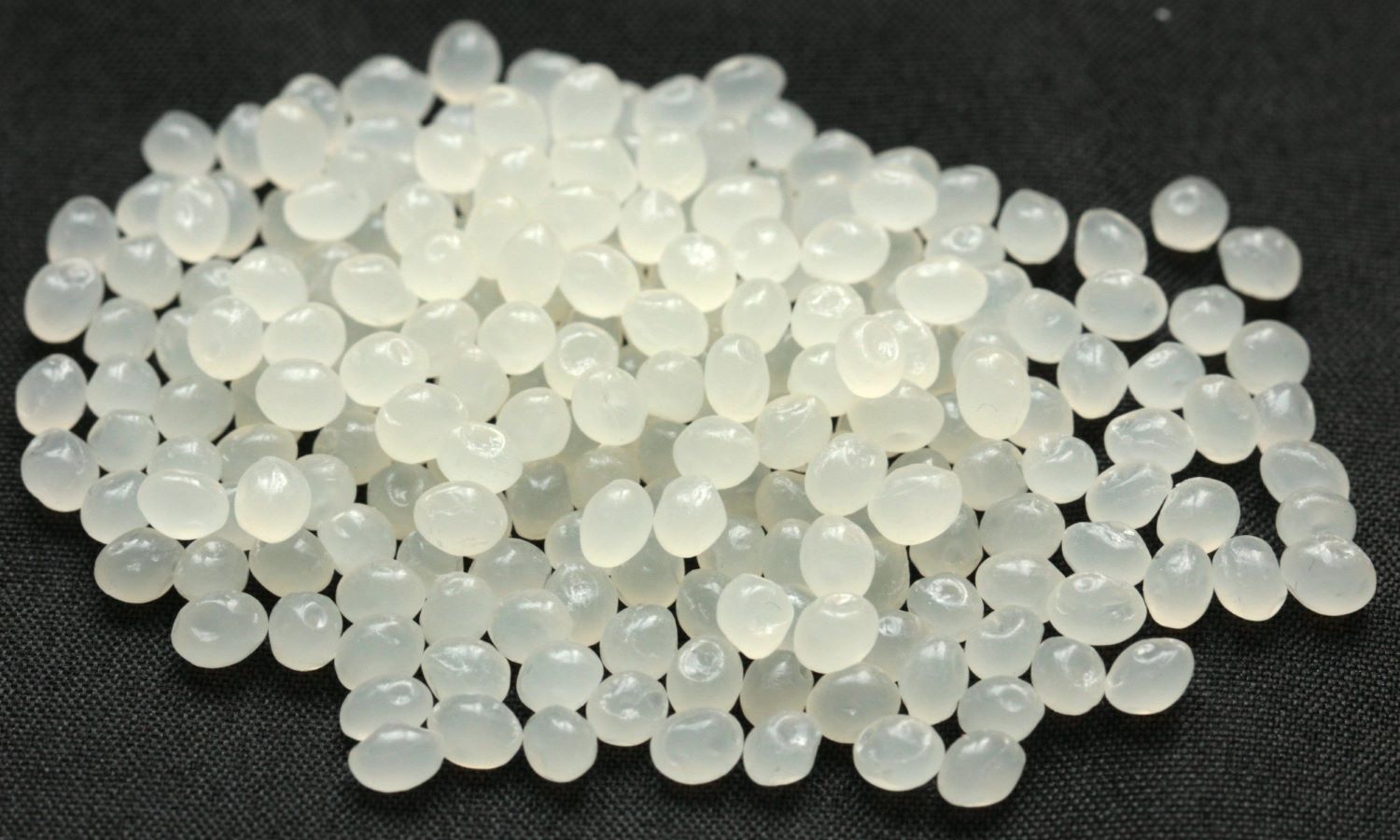

Articles
How To Store Polylactic Acid (PLA)
Modified: January 8, 2024
Learn effective methods for storing articles in this comprehensive guide. Discover tips and tricks to keep your pla items organized and protected.
(Many of the links in this article redirect to a specific reviewed product. Your purchase of these products through affiliate links helps to generate commission for Storables.com, at no extra cost. Learn more)
Introduction
Welcome to the world of 3D printing! Whether you are a hobbyist, an artist, or a professional in manufacturing and design, PLA (Polylactic Acid) is a popular choice of filament for your printing needs. PLA is known for its eco-friendliness, low odor, and ease of use. However, to keep your PLA filament and printed objects in optimal condition, proper storage is crucial.
In this article, we will explore the factors that can affect PLA storage and provide you with essential tips to ensure the longevity and quality of your PLA filament and printed objects. So, let’s dive in!
Key Takeaways:
- Proper storage is crucial for maintaining the quality and performance of PLA filament and printed objects in 3D printing. Factors like temperature, humidity, UV exposure, and dust must be considered to ensure optimal conditions.
- Utilizing filament spool holders, sealed storage, desiccant packs, and proper organization are essential for maintaining PLA filament quality. Similarly, storing printed PLA objects away from sunlight, using display cases, and avoiding extreme temperatures are key for preservation.
Read more: How To Store Pla Filament
Understanding PLA
Before we delve into proper storage techniques, let’s take a moment to understand what PLA is and why it is such a popular material for 3D printing.
PLA is a biodegradable thermoplastic polymer derived from renewable resources such as cornstarch or sugarcane. It is widely used in 3D printing due to its favorable properties. PLA has a relatively low melting point, which makes it easy to work with, especially for those new to 3D printing. It also boasts excellent printing quality, producing smooth and precise prints with minimal warping or curling.
One of the key advantages of PLA is its eco-friendliness. Unlike other plastics, PLA is biodegradable and does not emit toxic fumes when melted. This makes it a safe and sustainable choice for both indoor and outdoor use. Additionally, PLA comes in a wide variety of colors and finishes, allowing for endless creative possibilities.
However, like any material, proper storage is necessary to maintain the quality and performance of PLA filament and printed objects. Let’s explore the factors that can affect PLA storage.
Factors Affecting PLA Storage
While PLA is a versatile and durable material, it can still be affected by various environmental factors if not stored properly. Here are some key factors that can impact the quality and longevity of PLA filament and printed objects:
- Temperature: PLA is sensitive to temperature changes. High temperatures can cause PLA filament to soften and deform, while low temperatures can make it brittle and prone to breaking. It is important to store PLA in a controlled environment to avoid extreme temperature fluctuations.
- Humidity: Moisture can negatively affect PLA. When exposed to high humidity, PLA filament can absorb moisture and become less flexible. This can lead to issues like poor adhesion and surface imperfections during printing. It is crucial to protect PLA from moisture by storing it in a dry environment.
- UV Exposure: PLA is susceptible to UV radiation. Prolonged exposure to sunlight or other sources of UV light can cause PLA filament to degrade and lose its structural integrity. This can result in weakened prints that are prone to breaking. To prevent UV damage, it is advisable to store PLA in a dark or opaque container.
- Dust and Contaminants: Dust particles and contaminants can easily settle on PLA filament, affecting the quality of prints. These impurities can cause clogs in the nozzle and result in uneven extrusion. Keeping PLA in a clean and dust-free storage environment is essential for optimal printing results.
Now that we have identified the factors that can affect PLA storage, let’s move on to understanding the proper storage conditions for PLA.
Proper Storage Conditions for PLA
To ensure the longevity and quality of your PLA filament and printed objects, it is vital to store them under the right conditions. Here are some guidelines for proper PLA storage:
- Temperature: Store PLA filament and printed objects in a cool and dry environment, ideally between 20-25°C (68-77°F). Avoid exposure to extreme heat or cold as it can affect the structural integrity of the filament.
- Humidity: Maintain a low humidity level in the storage area. Relative humidity should be below 50%. Consider using a dehumidifier or moisture absorbers, such as silica gel packets, to keep the moisture levels in check.
- UV Protection: Prevent PLA filament and printed objects from direct exposure to sunlight or other sources of UV radiation. Ultraviolet light can degrade the material over time, leading to weakened prints.
- Clean and Dust-Free Environment: Store PLA filament in a sealed container or resealable bag to protect it from dust particles and contaminants. Keep the storage area clean and free from debris to prevent any impurities from affecting the printing process.
- Avoid Extreme Temperature Fluctuations: Rapid temperature changes can cause PLA to expand or contract, leading to warping or cracking. Keep the storage environment stable and avoid abrupt temperature fluctuations.
By following these storage guidelines, you can ensure that your PLA filament and printed objects remain in optimal condition for your future projects. In the next sections, we will explore how to store PLA filament and printed objects specifically.
Store plastic items in a cool, dry place away from direct sunlight to prevent them from degrading. Avoid storing them near heat sources or chemicals to maintain their quality.
Storing PLA Filament
Properly storing your PLA filament is essential to maintain its quality and prevent issues during the printing process. Here are some tips for storing PLA filament:
- Use a Filament Spool Holder: Invest in a filament spool holder to keep your PLA filament organized and tangle-free. The spool holder should be sturdy and allow for easy unwinding of the filament during printing.
- Keep Filament in a Sealed Bag or Container: When not in use, store your PLA filament in a sealed bag or airtight container. This will protect it from moisture and keep it clean from dust and contaminants.
- Add Desiccant Packs: Place desiccant packs, such as silica gel, inside the storage bag or container with the filament. These packs help absorb any excess moisture and keep the filament dry.
- Avoid Open Storage: It is best to refrain from leaving PLA filament exposed to the air for an extended period. This can lead to moisture absorption and potential degradation of the filament.
- Organize and Label: If you have multiple PLA filament spools, keep them organized and labeled according to their color and type. This will make it easier to locate the specific filament you need for a particular project.
By following these tips, you can ensure that your PLA filament remains in optimal condition, ready for your next 3D printing adventure. Now, let’s explore how to store printed PLA objects.
Read more: How To Store Oxalic Acid Powder
Storing Printed PLA Objects
Once you’ve completed your 3D prints using PLA filament, it’s important to store your printed objects properly to maintain their quality and prevent any damage. Here are some tips for storing printed PLA objects:
- Clean and Dry: Make sure your printed objects are clean and dry before storing them. Use a soft cloth or brush to remove any dust or debris that may have accumulated during the printing process.
- Avoid Direct Sunlight: Keep your printed PLA objects away from direct sunlight or prolonged exposure to UV light. Ultraviolet radiation can cause the PLA to degrade and lose its strength over time.
- Consider Display Cases: If you plan to showcase your printed objects, consider using display cases to protect them from dust and potential damage. Display cases can help preserve the appearance and integrity of your prints.
- Safely Stack or Store: When storing multiple PLA objects, be mindful of how you stack or store them. Avoid placing heavy objects on top of delicate prints, as they can become distorted or crushed. Consider using separators, foam pads, or tissue paper to provide cushioning and prevent accidental damage.
- Avoid Extreme Temperatures: Similar to storing PLA filament, printed PLA objects should be kept in a cool and dry environment. Avoid exposing them to extreme temperatures that could cause warping or cracking.
By following these storage tips, you can ensure that your printed PLA objects remain in excellent condition, whether they are on display or awaiting future use. Next, let’s explore some additional tips for long-term PLA storage.
Tips for Long-Term PLA Storage
If you’re planning to store your PLA filament or printed objects for an extended period, here are some additional tips to ensure their longevity:
- Vacuum Sealing: Consider vacuum-sealing your PLA filament or printed objects for long-term storage. Vacuum-sealing removes excess air and helps maintain a stable environment, protecting against moisture and other environmental factors.
- Use Moisture-Resistant Containers: Invest in moisture-resistant containers or storage boxes to protect PLA filament or printed objects from humidity. These containers provide an extra layer of protection to prevent moisture absorption.
- Label and Document: If you plan to store multiple PLA filament spools or printed objects, label them accordingly and keep a record or inventory list. This will help you keep track of what you have and prevent confusion in the future.
- Periodic Inspection: Regardless of the storage duration, it’s recommended to periodically inspect your stored PLA filament or printed objects. Check for any signs of degradation, moisture damage, or changes in texture or appearance. If any issues are detected, take appropriate measures to address them promptly.
- Rotate Filament: When storing PLA filament for an extended period, consider rotating the spools periodically. This helps prevent the filament from settling into one position for too long and reduces the risk of deformation.
By following these long-term storage tips, you can ensure the integrity and quality of your PLA filament and printed objects, even if they are stored for an extended period. Now let’s conclude our discussion.
Conclusion
Proper storage is essential to maintain the quality and performance of PLA filament and printed objects in the world of 3D printing. By understanding the factors that can affect PLA storage and implementing the right storage conditions, you can ensure that your PLA filament and printed objects remain in optimal condition for future use.
Factors such as temperature, humidity, UV exposure, and dust can impact the quality of PLA. Therefore, it is crucial to store PLA in a cool and dry environment, protect it from direct sunlight and UV radiation, keep it clean from dust and contaminants, and avoid extreme temperature fluctuations.
When it comes to storing PLA filament, using a filament spool holder, storing it in a sealed bag or container, adding desiccant packs, and organizing and labeling can help maintain its quality. Similarly, when storing printed PLA objects, keeping them clean and dry, avoiding direct sunlight, considering display cases, safely stacking or storing, and avoiding extreme temperatures are essential.
If you plan to store your PLA filament or printed objects for a long time, additional tips include vacuum sealing, using moisture-resistant containers, labeling and documenting, periodic inspection, and rotating filament.
By following these storage guidelines, you can ensure that your PLA filament and printed objects remain in excellent condition, ready for your next 3D printing projects. Remember, proper storage is the key to preserving the quality, integrity, and longevity of PLA materials in the exciting world of 3D printing.
Frequently Asked Questions about How To Store Polylactic Acid (PLA)
Was this page helpful?
At Storables.com, we guarantee accurate and reliable information. Our content, validated by Expert Board Contributors, is crafted following stringent Editorial Policies. We're committed to providing you with well-researched, expert-backed insights for all your informational needs.

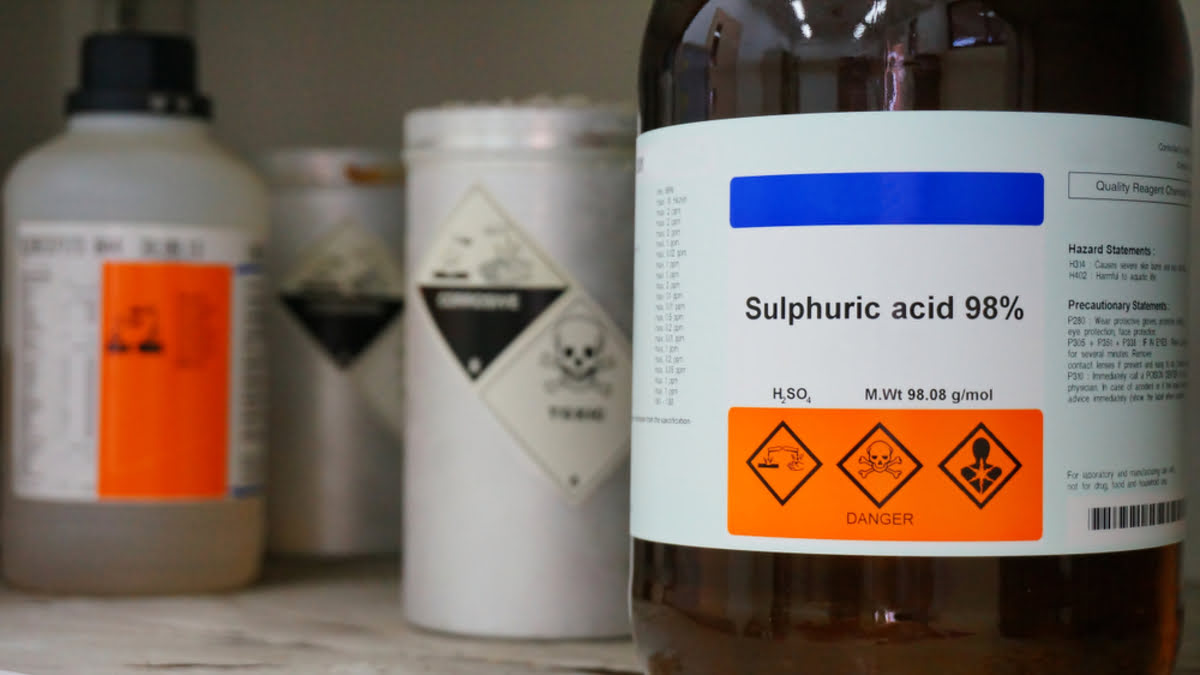
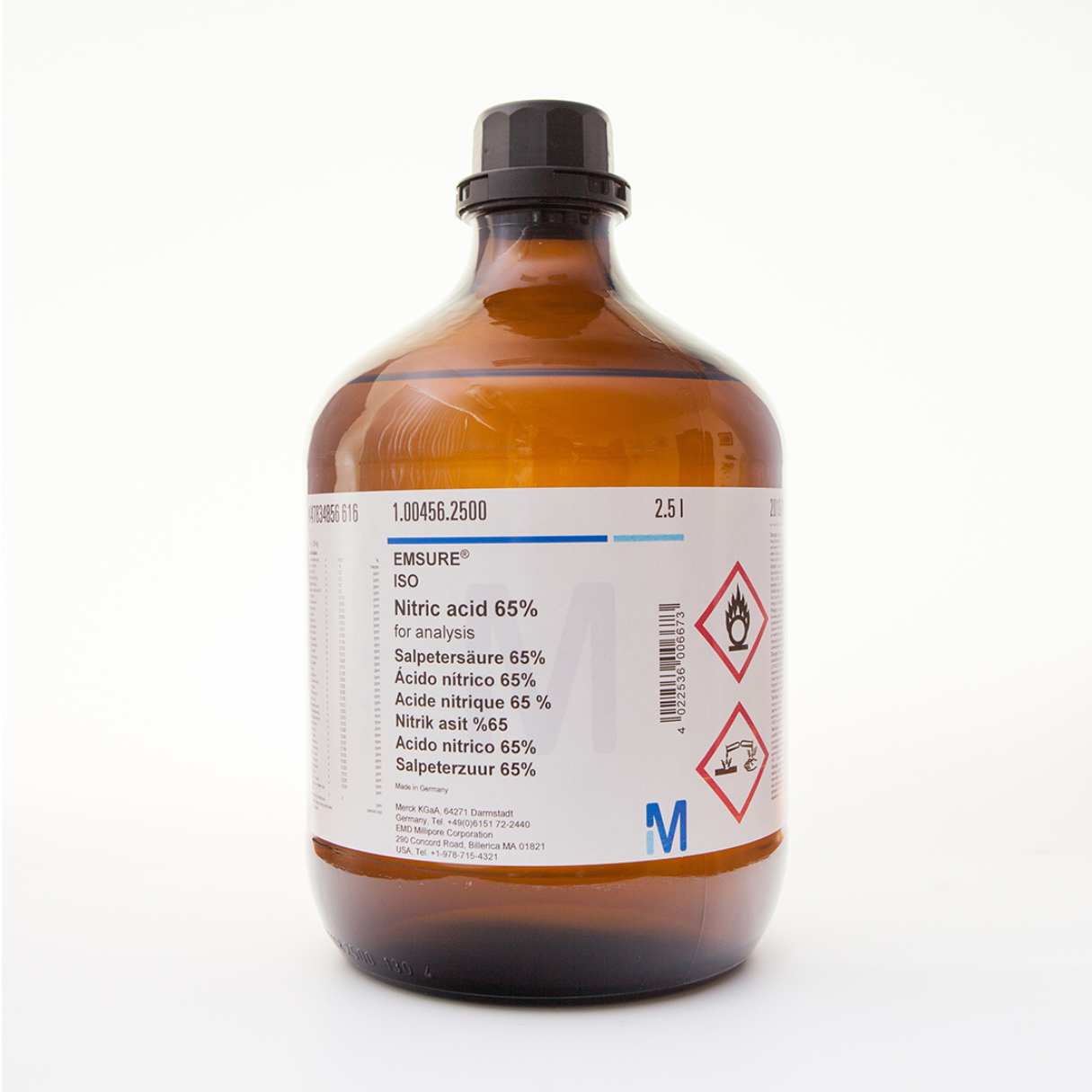

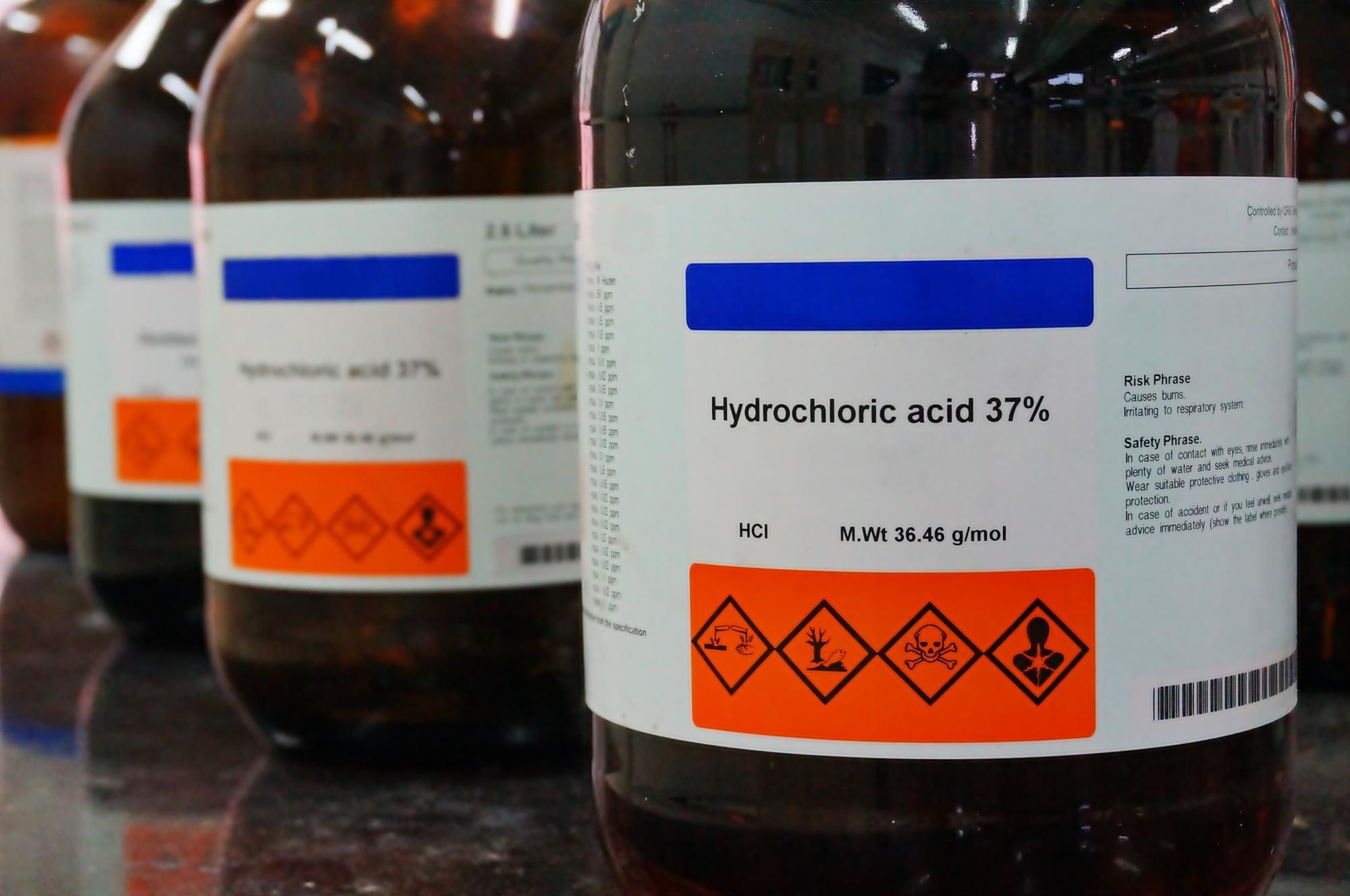
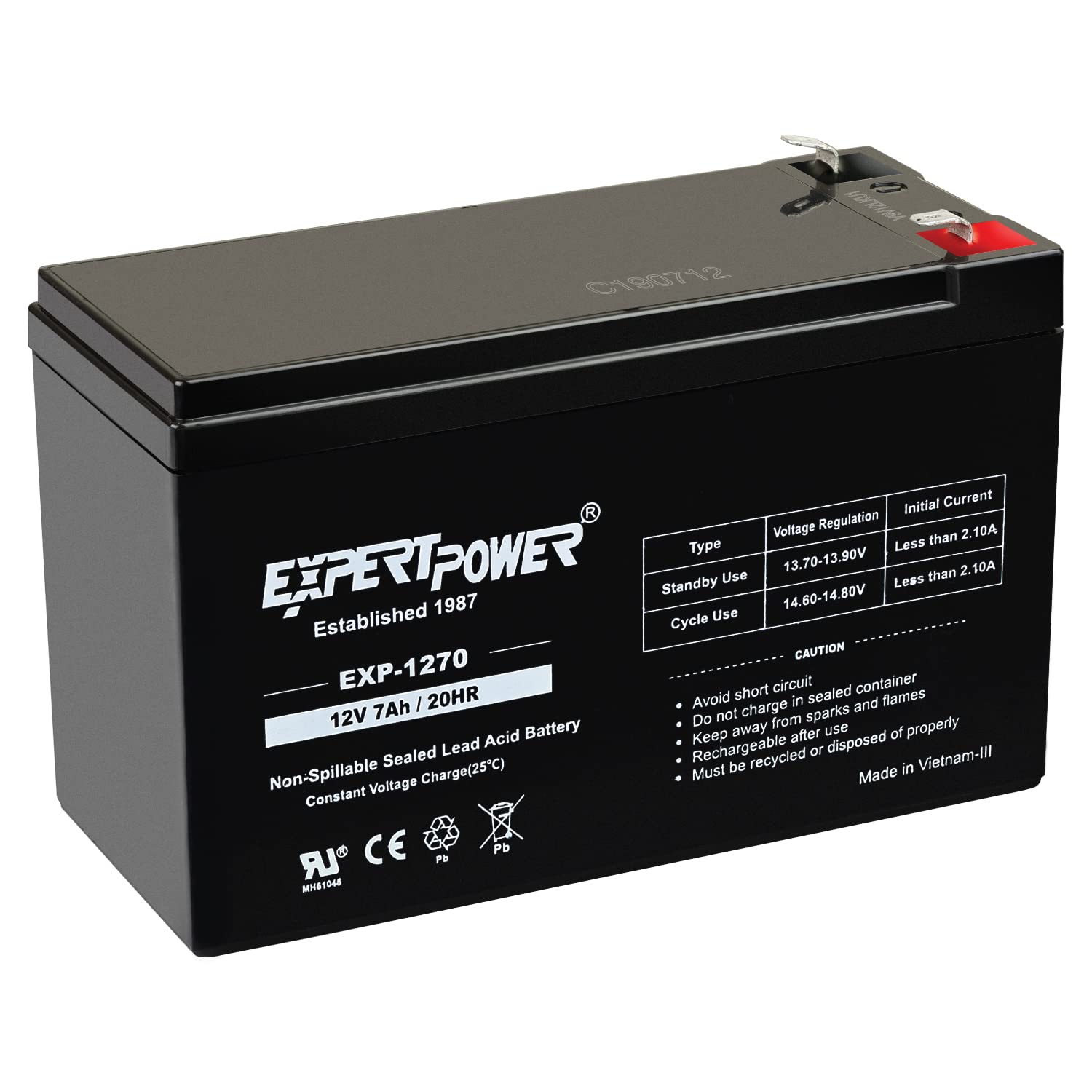
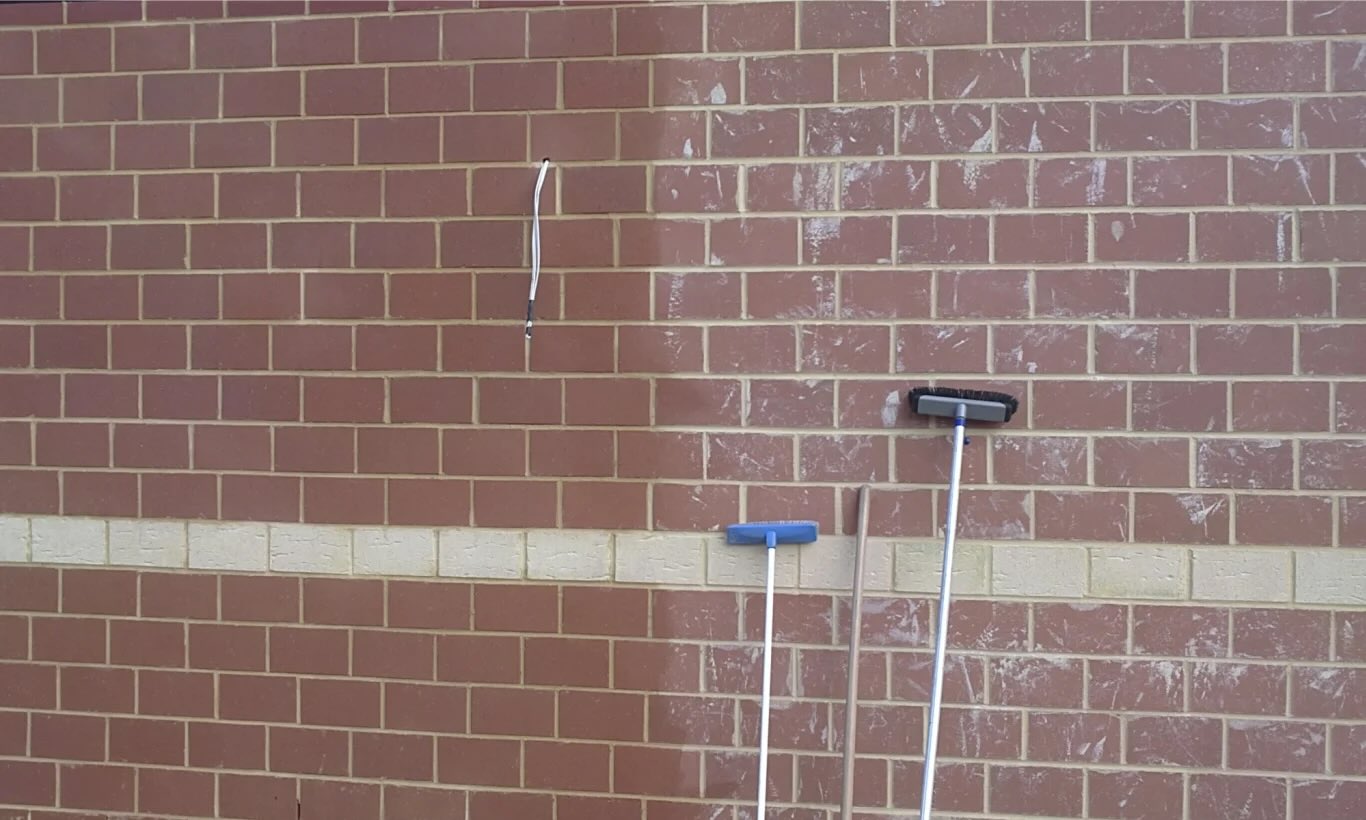

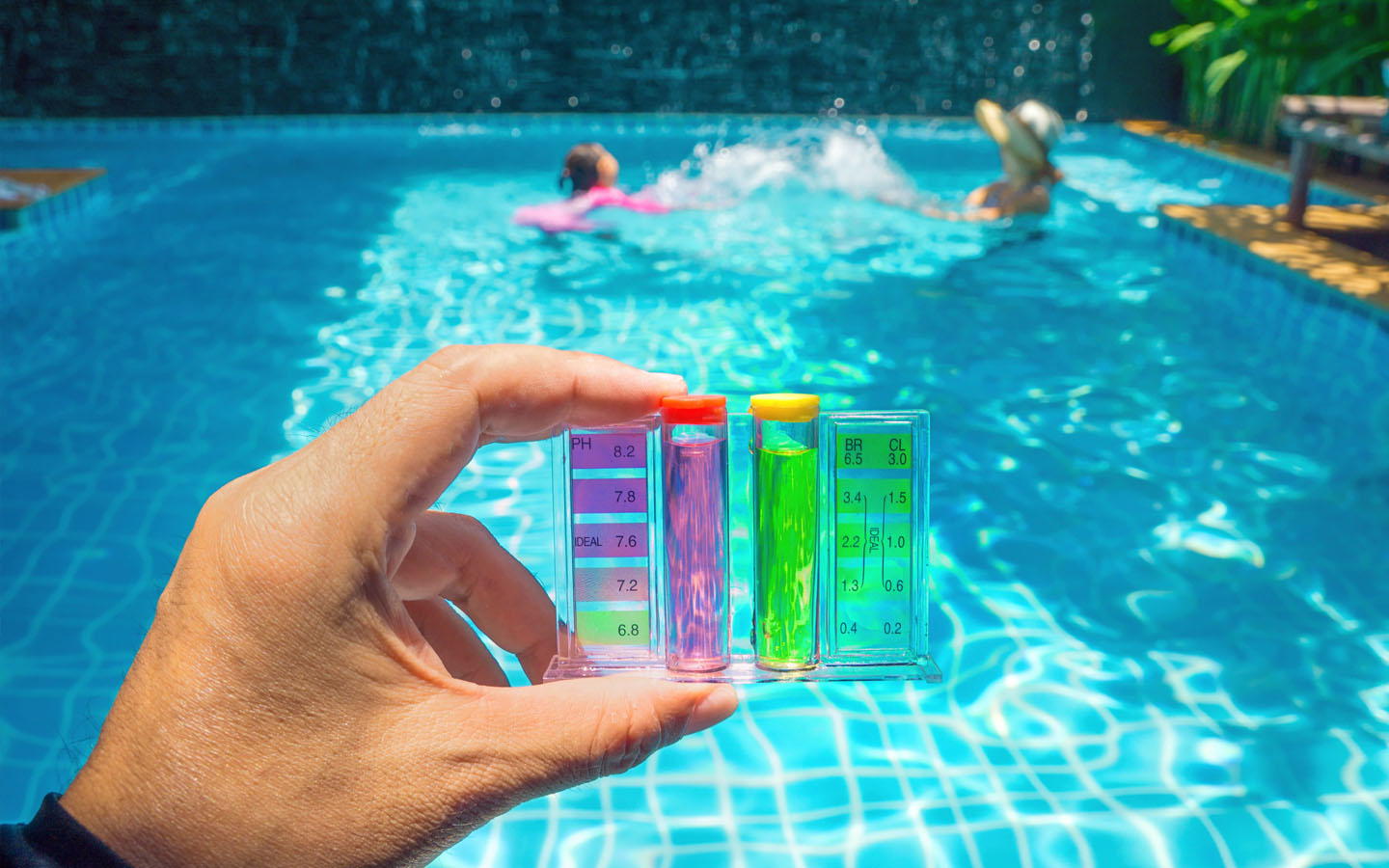
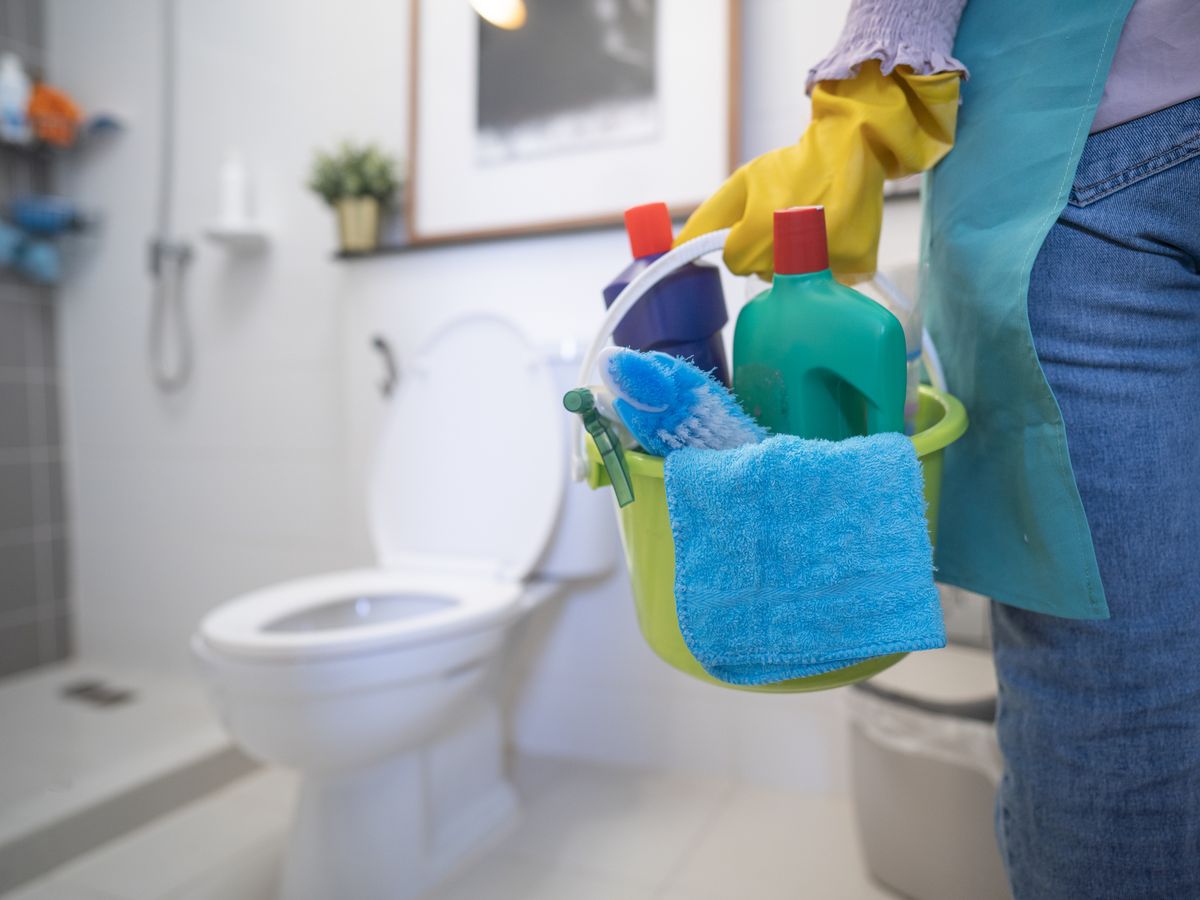
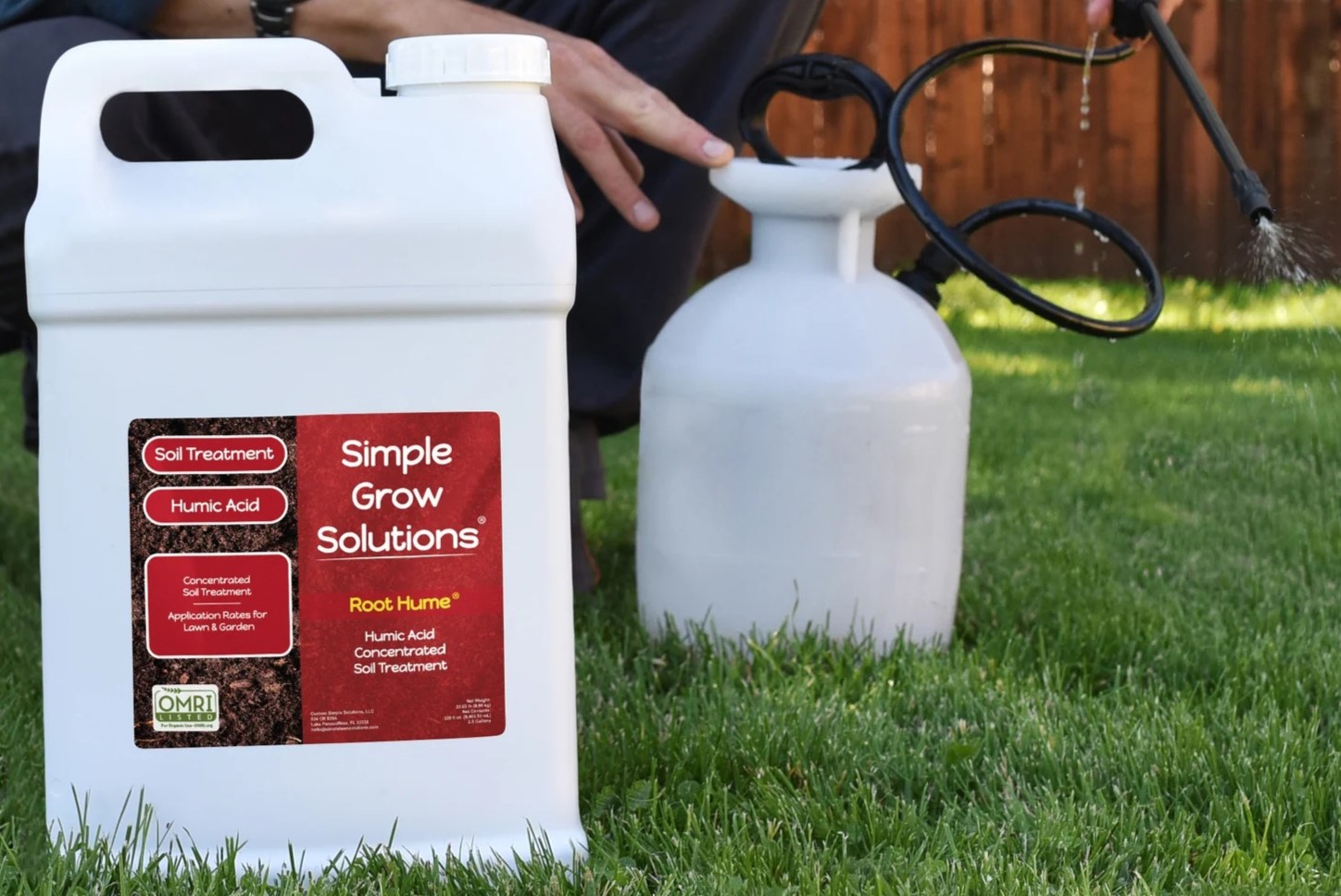
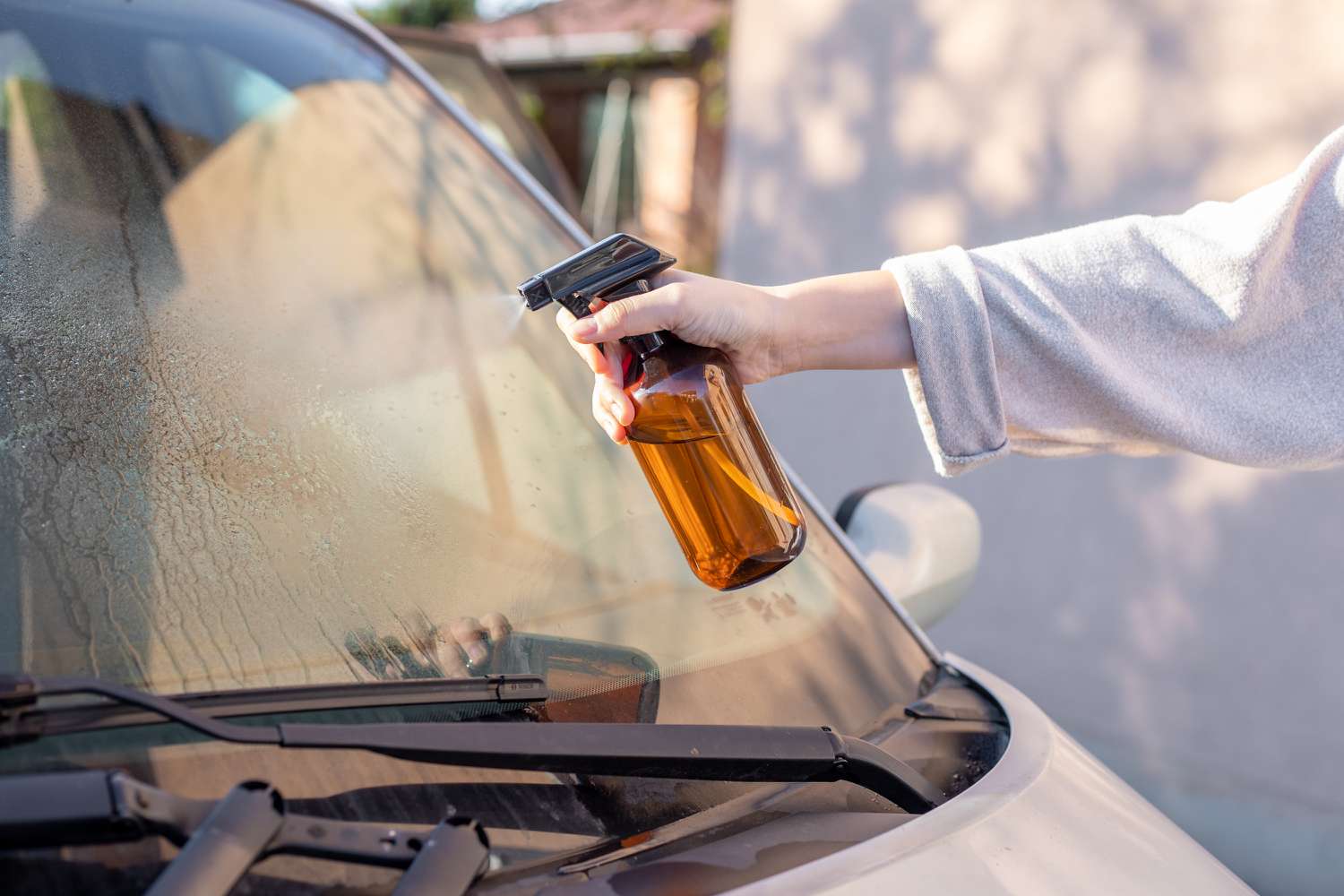
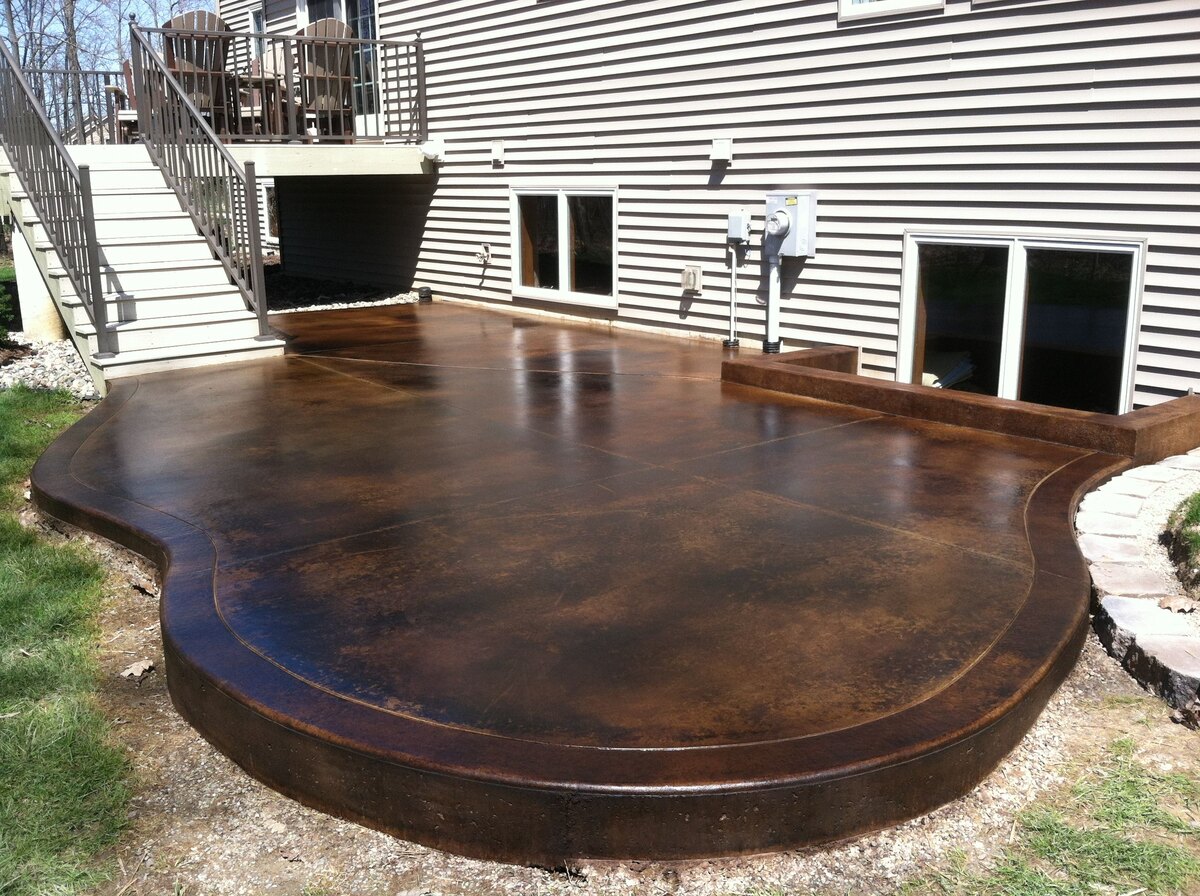
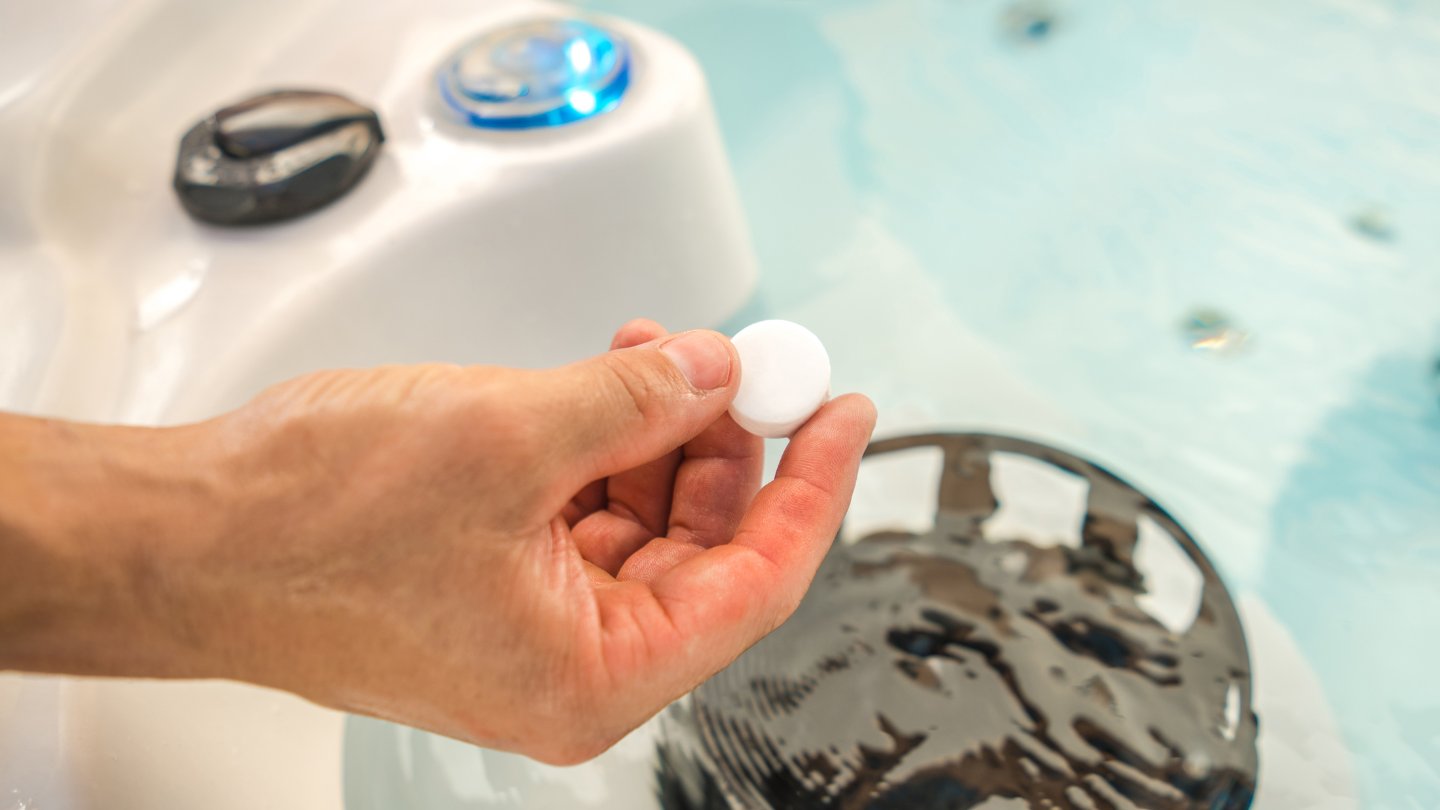

0 thoughts on “How To Store Polylactic Acid (PLA)”